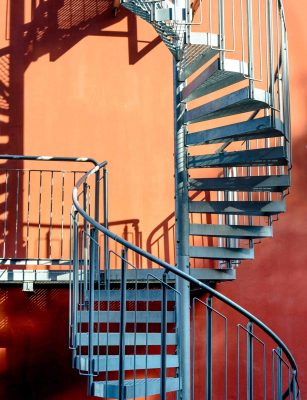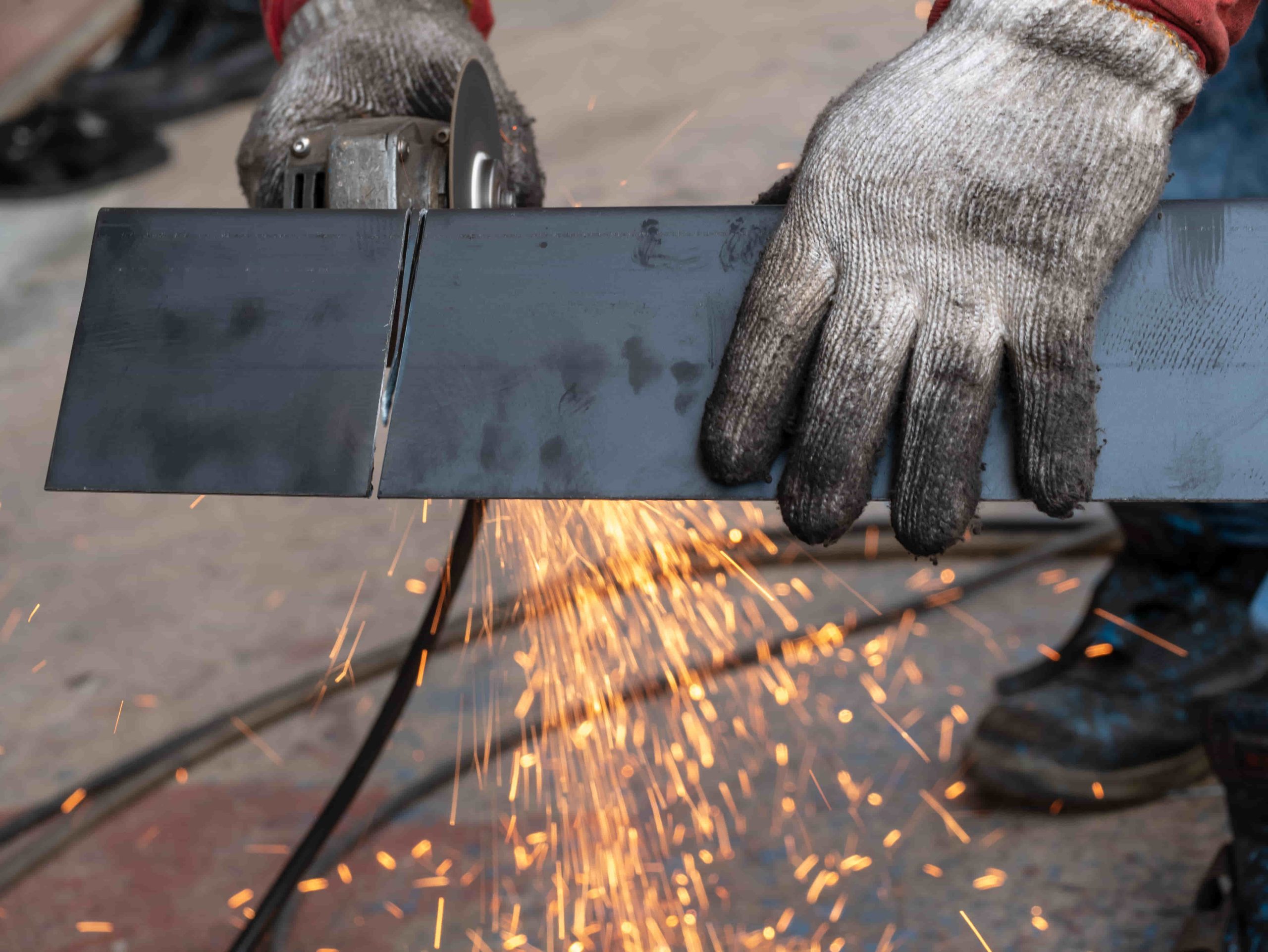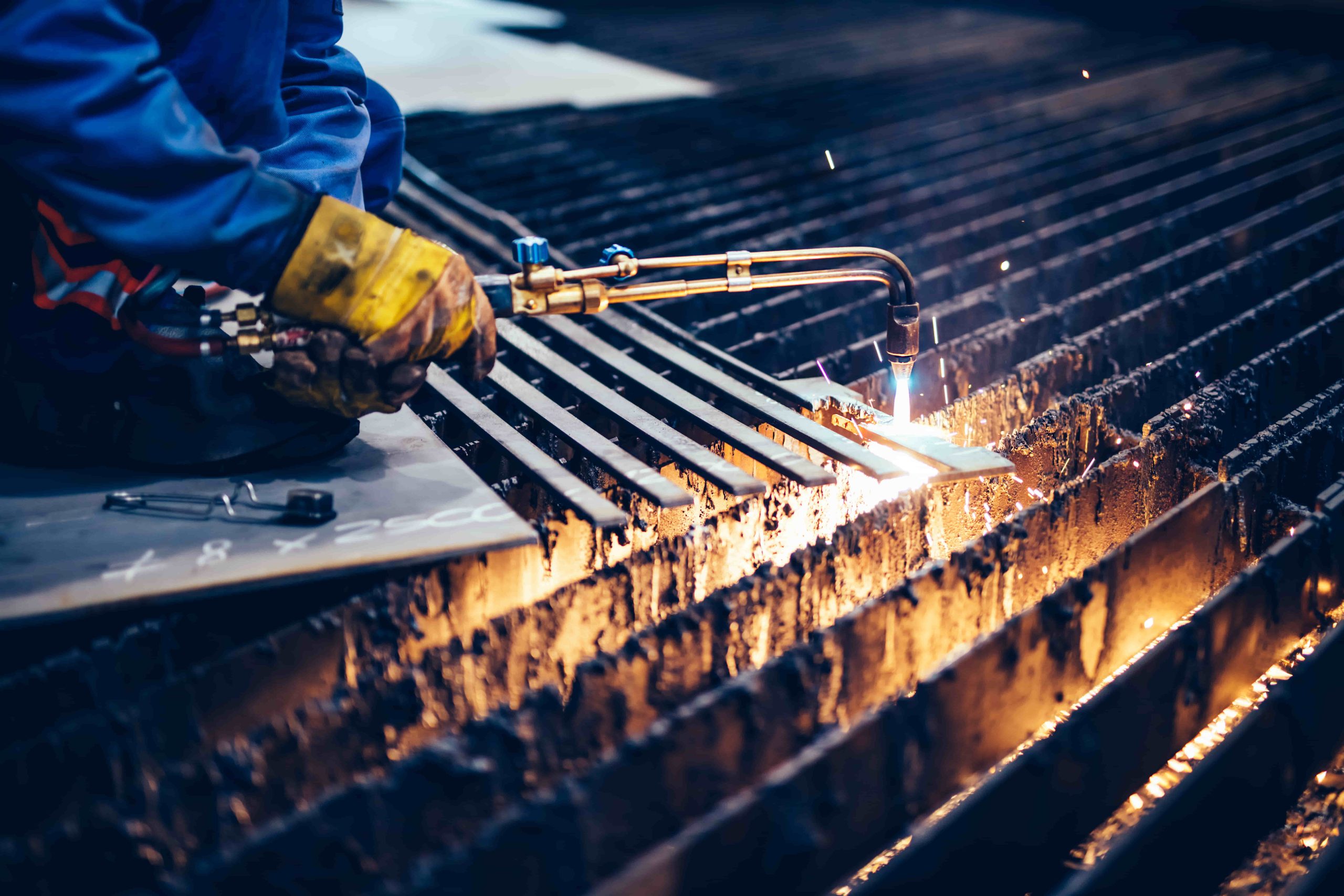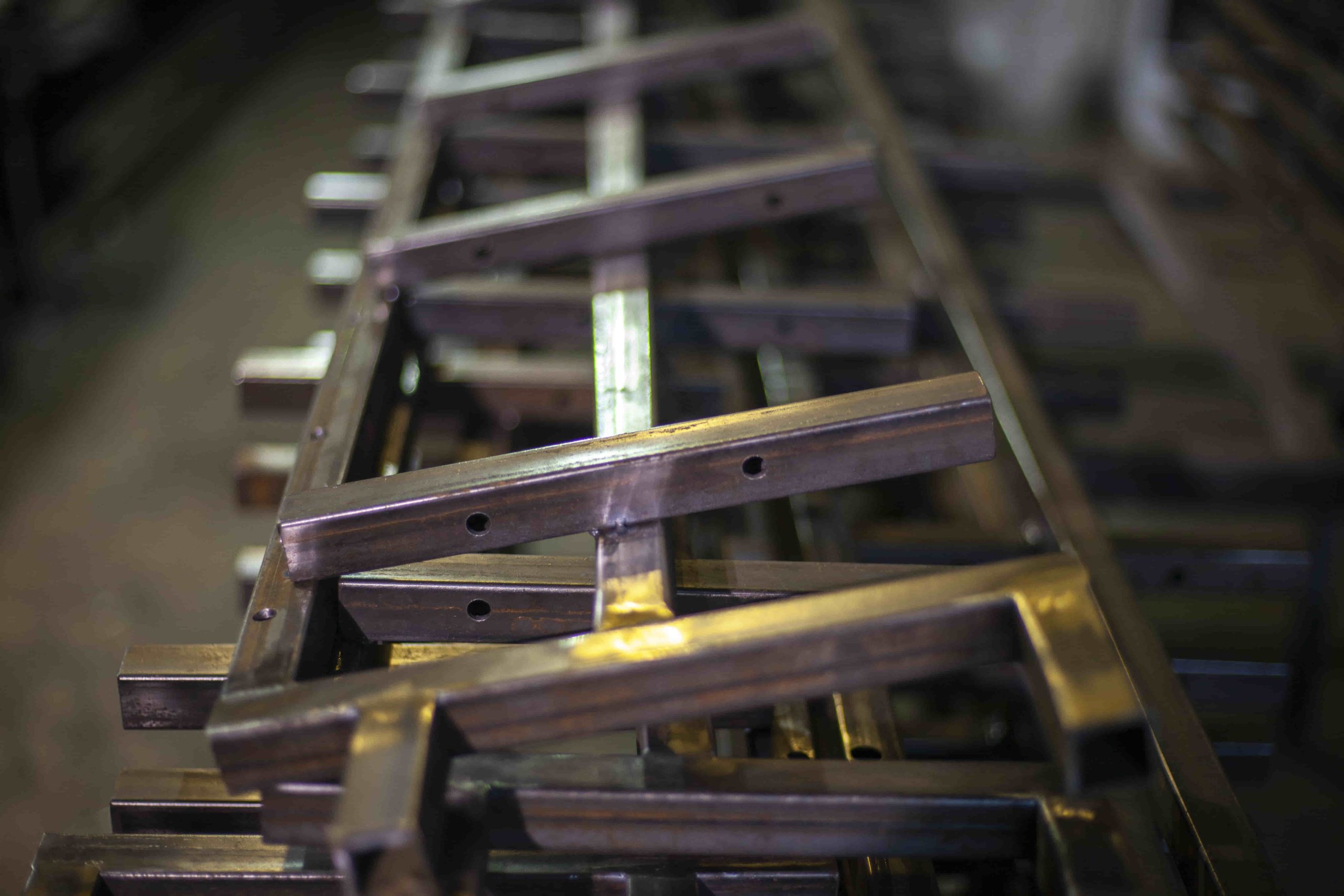Australia’s construction industry is currently undergoing a significant expansion, with steel fabrication playing a key role in shaping its direction. Whether it’s the modern buildings in urban areas or the sturdy beams supporting regional infrastructure, steel is a resilient and environmentally friendly material that caters to structures of all sizes and designs. This article provides a detailed examination of the impact of steel fabrication in Melbourne on the construction landscape, highlighting its invaluable contributions to the creation of durable, long-lasting, and environmentally responsible structures that withstand the test of time.
Additionally, we will explore the innovative techniques and advanced technologies that are driving the evolution of steel fabrication, shaping the future of construction.
Why does Steel Fabrication Reign Superior?
Steel’s inherent strength, versatility, and ability to withstand harsh conditions make it a preferred material for many construction projects. Here’s a closer look at its key advantages:
- Unmatched Strength-to-Weight Ratio: Steel boasts an exceptional strength-to-weight ratio, allowing for the creation of lightweight yet incredibly strong structures like balcony, steel stairs. This translates to efficient use of materials, reduced building weight, and better resistance to earthquakes and cyclones.
- Design Flexibility: Steel’s malleability allows fabrication into intricate shapes and forms, ideal for realising complex architectural designs. Whether it’s curved facades, expansive trusses, or innovative building envelopes, steel fabrication empowers architects and engineers to bring their visions to life.
- Faster Construction Times: Steel components are often prefabricated off-site in controlled environments, ensuring consistent quality and dimensional accuracy. This translates to faster on-site assembly times, minimising project delays and disruptions.
- Sustainable Choice: Contrary to popular perception, steel is an environmentally friendly material. Modern steel production processes are becoming increasingly efficient, minimising waste and reducing overall environmental impact. Additionally, steel is 100% recyclable, allowing it to be repurposed for future construction projects, contributing to a circular economy.
- Durability and Resilience: Steel structures are renowned for their longevity and ability to withstand harsh weather conditions. Construction projects benefit from steel’s resistance to corrosion, fire, and extreme temperatures, ensuring buildings endure for generations.

The Steel Fabrication Process
The journey of steel in construction begins with meticulous planning and design. Here’s a simplified overview of the steel fabrication process:
- Design and Engineering: Structural engineers create detailed plans and calculations to determine the specific steel requirements for the project. This includes factors like load-bearing capacity, member sizes, and connection points.
- Steel Material Selection: The appropriate grade and type of steel are chosen based on the project’s specific needs. Different steel grades offer varying strength, corrosion resistance, and formability properties.
- Computer-Aided Modelling (CAM): Advanced software is used to create 3D models of the steel components. This digital representation allows for collision detection, facilitates shop floor planning, and ensures precise fabrication.

- Steel Cutting and Machining: Based on the CAM models, steel plates and sections are precisely cut using various machines. This ensures dimensional accuracy and consistency throughout the fabrication process.
- Welding and Assembly: Skilled welders join the steel components using various techniques like steel welding. Strict quality control measures are implemented at every stage to guarantee structural integrity.
- Surface Treatment: The fabricated steel may undergo additional processes like galvanisation for corrosion protection or receive a final coat of paint for aesthetics and weather resistance.
- On-Site Erection: The completed steel components are delivered to the construction site and meticulously erected according to the design plans.

Applications of Steel Fabrication
Residential Buildings
Steel is increasingly used in residential construction for its strength, durability, and ability to create open, spacious interiors.
Commercial Structures
Steel provides the backbone for commercial construction, offering strength and aesthetic appeal, from office buildings to shopping malls.
Industrial Facilities
In industrial settings, steel’s robustness and resistance to wear and tear are essential for structures like factories and warehouses.
Infrastructure Projects
Bridges, tunnels, and other infrastructure projects rely heavily on steel for their construction, ensuring safety and longevity.
Steel fabrication is a critical process that significantly influences the construction industry. With its exceptional strength and versatility in design, steel proves to be a compelling choice for building projects across a wide spectrum. Moreover, its sustainability credentials make it an attractive option for environmentally conscious construction practices. As the industry continues to adopt digitalisation, leverage advanced materials, and implement sustainable techniques, the role of steel fabrication is expected to expand. This expansion will further solidify its position in the construction landscape, contributing to the creation of a durable, long-lasting, and environmentally responsible future for Australia.

